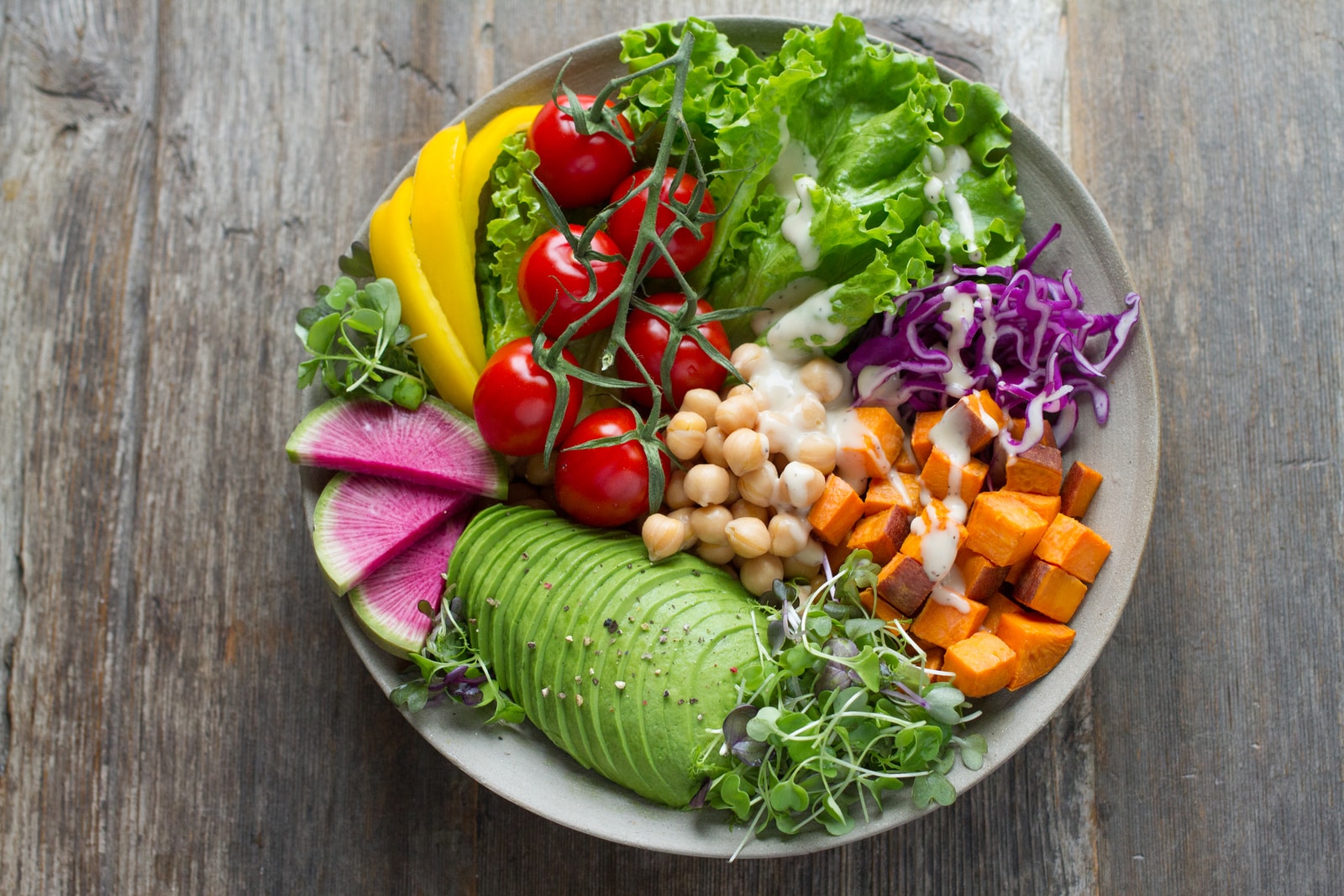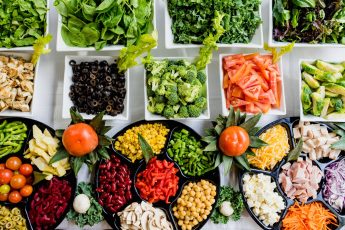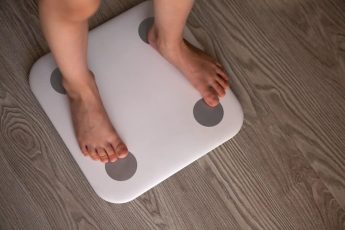What is the healthy eating pyramid?
The Food Pyramid is a simple graphic representation of the principles of healthy eating and the essential elements of life, the fulfillment of which increases the chances of a long, healthy life.

It is divided into several “stages,” i.e., specific food groups that you should include in the daily menu. The lower floors contain the most foods that should form the basis of the diet, and the higher the pyramid, the smaller you should consume the number of foods from that group.
Food pyramid for adults, seniors, children, and teens
Adults, children and adolescents, and the elderly have slightly different needs, so they created three separate healthy eating and lifestyle pyramids. Keep in mind that the food pyramids are aimed at healthy people to maintain good health. Sick people may need to change these recommendations for a specific disease in consultation with their physician and dietitian.

A well-balanced, varied diet should provide the body with all the necessary nutrients. Unfortunately, it happens that different people’s diets deviate from nutritional recommendations. Nutritional supplements may be considered when the diet is deficient in vitamins and minerals.
Healthy food and lifestyle pyramid for children and youth
For some time, the basis of the food pyramid (regardless of age group) has been physical activity. Exercise has a positive effect on physical fitness and mental performance, and no one needs to be convinced that an active lifestyle helps maintain healthy body weight. Experts recommend that children and adolescents get at least 60 minutes of physical activity every day in and out of school.
You should check weight and height regularly to estimate the rate of growth. In addition, it is recommended that children get enough sleep and not spend too much time on electronic devices (no more than 2 hours a day). We also emphasized the importance of systematic tooth brushing in preventing tooth decay.

The pyramid is based on various fruits and vegetables in terms of nutrition, with a great emphasis on vegetables. On the bottom floor, there are whole-grain products (cereals, bread, pasta), which should be an ingredient in most dishes. Another group is dairy products (including milk, kefir, sour milk, cheese, cottage cheese).
It is recommended that children and adolescents consume at least 3-4 glasses of milk a day, with the possibility of replacing them with a portion of yogurt or kefir. The penultimate tier consists of lean meat, fish, eggs, and legumes, and at the very top of the pyramid are vegetable fats, seeds, and nuts. In this case, it is recommended to limit salt in dishes and reduce the consumption of sweets in favor of fruits, nuts, and seeds. The main drink should be water, followed by vegetable and fruit juices, dairy beverages, and tea.
The healthy eating and physical activity pyramid for adults
Adults are advised to exercise regularly, at least 30-45 minutes a day, to keep themselves in shape and prevent the development of overweight and obesity.
For individual food groups, the food pyramid for adults is similar to that for children and adolescents. The basis of the diet should be vegetables and fruit (75% vegetables and 25% fruit) with whole-grain cereal products.
At the same time, it is recommended to limit consumption of meat, especially red meat and processed meat, and replace it with legumes, fish, and eggs, which are good sources of proteins and fats. At the top of the pyramid are vegetable fats, seeds, and nuts, which are recommended instead of animal fats (fatty meat, butter, lard, fatty cheeses).

The pyramid reminds us of the need to hydrate the body with water (at least 1.5 liters per day), although coffee, vegetable juices, milk, and dairy drinks can also be a source of water. It is also recommended to limit consumption of sugar and sweets, foods with high sodium content and replace salt with plenty of herbs that improve the taste of dishes.
A pyramid of healthy eating and physical activity for seniors
In the case of the elderly, great emphasis is placed on physical activity (at least 30-45 minutes a day), mental training, and social contacts. It is recommended that fruits and vegetables constitute up to half of the daily menu, and freshly squeezed juices can replace one or two servings. An additional floor of the food pyramid is water, which the elderly often forget to drink.

Dairy products should be consumed daily, preferably fermented and whole-grain cereals, rich in dietary fiber. It is advisable to reduce consumption of red meat, animal fats, and processed meat products in favor of fish, lean meat, eggs, legumes, and vegetable oils. In addition, older adults should avoid sugar and sweetened foods, salt, and foods high in salt and alcohol.











